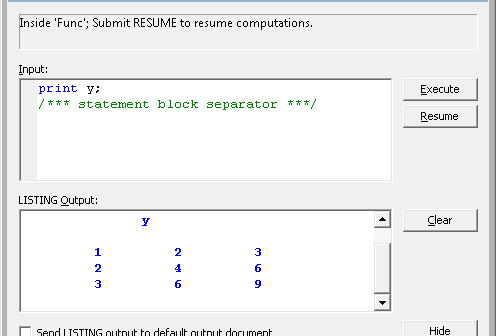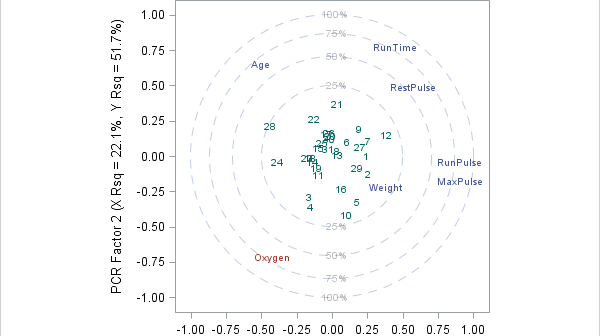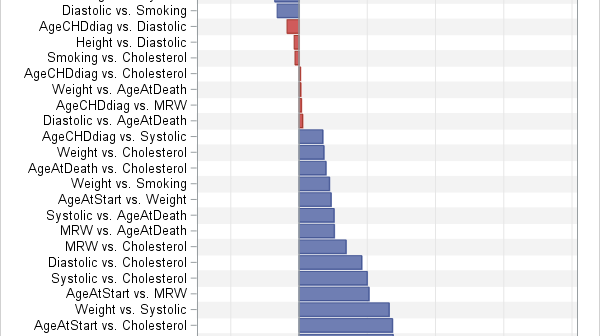
Did you know that a SAS/IML function can recover from a run-time error? You can specify how to handle run-time errors by using a programming technique that is similar to the modern "try-catch" technique, although the SAS/IML technique is an older implementation. Preventing errors versus handling errors In general, SAS/IML








